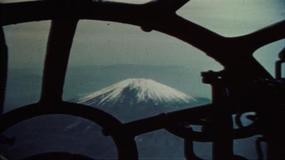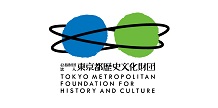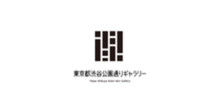Fiona AMUNDSEN
- TOP >
- Archives >
- Residency Program >
- Fiona AMUNDSEN
Research Residency Program
update: 2019.10.7

Fiona AMUNDSEN
| Participating Project | Research Residency Program |
|---|---|
| Activity Based | New Zealand |
| City | Tokyo |
| Period | 2017.1 - 2017.2 |
Purpose of the residency
Purpose of the residency
This project's title, 'Fallen Words', is a translation of the Japanese form of storytelling rakugo which relies on limited props and gestures, meaning imagination is fundamental to the telling of a story. Although rakugo is aligned with comedy, its origins are loosely linked to kamishibai, a form of storytelling that uses images to communicate stories with moral undertones. Both rakugo and kamishibai emerged from Buddhist traditions. While they have diverged into their own unique forms of storytelling, with distinct methods, kamishibai in particular has been used to reference Japan's military histories. Accordingly, this visual arts project aims to research and work with forms of storytelling (such as imagination and abstraction) to visualise, through lens-based media, the complexities of Tokyo's incendiary firebombing during WWII.
Plan during the residency
The residency will focus on producing a series of photographs and video that work with story-telling strategies to visualize the complexities of Tokyo's WWII histories, namely the March 1945 American B29 incendiary fire bombing. In addition to researching archival material (documents, photographs, films) via the 'Center of the Tokyo Raids', I also intend to photograph/film sites that are linked to the Tokyo air raids; this will involve exploring the neighborhoods surrounding TWS, specifically Kitasuna. I will also continue my research by interviewing survivors of the air raids, with a particular focus on the role that memory recollection and the senses have in the re-narrating of traumatic experiences. Key to this will be critiquing the roles that imagination and abstraction have in the retelling of stories.







